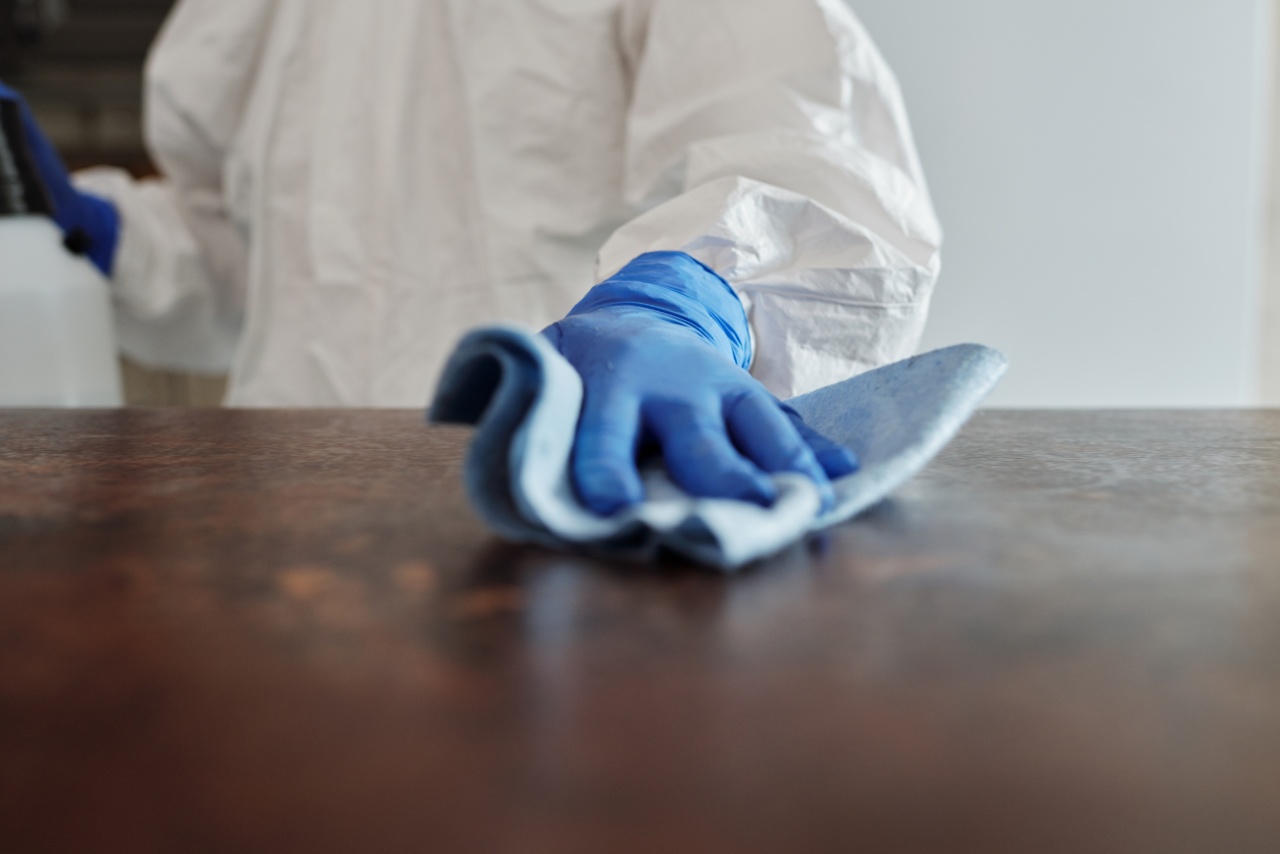Sexually transmitted infections (STIs) are a major public health concern, but they are often neglected and stigmatized. There is a growing concern about an outbreak of a neglected STI that is spreading rapidly in some communities.
This STI is known as Mycoplasma genitalium (MG) and is a bacterial infection that affects both men and women.
What is Mycoplasma genitalium?
Mycoplasma genitalium is a sexually transmitted bacterial infection that affects the urethra in men and the cervix and urethra in women. It was first identified in the 1980s but has received little attention until recently.
Some people who have MG don’t show any symptoms, but others can experience discomfort and pain during urination, vaginal discharge (women), and pain during sex. If left untreated, MG can lead to infertility and complications during pregnancy.
Why is Mycoplasma genitalium Neglected?
There are several reasons why Mycoplasma genitalium is neglected. Firstly, it is difficult to diagnose as its symptoms are similar to other STIs. Secondly, it is difficult to treat as some strains of the bacteria have developed resistance to antibiotics.
Thirdly, there is little awareness of the bacteria among healthcare professionals and the general public, which leads to a lack of testing for the infection.
Who is at Risk?
Anyone who is sexually active can be at risk of Mycoplasma genitalium infection. However, some groups are more at risk than others. These include:.
- People under the age of 25
- People who have multiple sexual partners
- People who engage in unprotected sex
- People who have previously had an STI
How is Mycoplasma genitalium Spread?
Mycoplasma genitalium is primarily spread through sexual contact, including vaginal, anal, and oral sex. It can also be spread through sharing sex toys. The infection can be passed from a woman to a man or from a man to a woman.
It can also be passed from a pregnant woman to her baby during delivery.
How can Mycoplasma genitalium be Diagnosed?
Currently, there is no specific test for Mycoplasma genitalium, and diagnosis is based on a combination of symptoms, medical history, and laboratory tests.
Testing usually involves taking a urine sample from men and a swab from the cervix or vagina in women. However, the test is not widely available, and some healthcare professionals may not be aware of the importance of testing for the bacteria.
How can Mycoplasma genitalium be Treated?
Mycoplasma genitalium can be treated with antibiotics. However, some strains of the bacteria have developed resistance to antibiotics, making treatment more challenging.
In some cases, a combination of antibiotics may be needed to effectively clear the infection. Sexual partners will also need to be treated, even if they don’t have symptoms, to prevent reinfection.
Prevention of Mycoplasma genitalium Infection
Prevention of Mycoplasma genitalium infection involves taking measures to reduce the risk of contracting and spreading the infection. These include:.
- Using condoms consistently during vaginal, anal, and oral sex
- Having fewer sexual partners
- Getting tested for STIs regularly
- Not sharing sex toys
Conclusion
Mycoplasma genitalium is a neglected STI that is on the rise in some communities. It can lead to serious health complications if left untreated.
It is essential that healthcare professionals increase their awareness of the bacteria and start testing for it routinely. Increased awareness and testing can help stop the spread of the bacteria and prevent serious health consequences.





























